Dheeraj Peri
Fully Convolutional Networks for Handwriting Recognition
Jul 10, 2019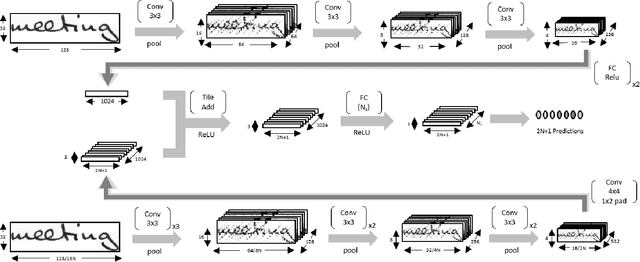
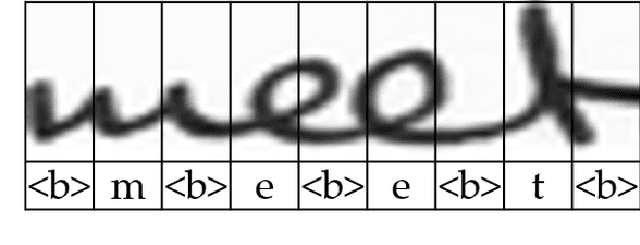

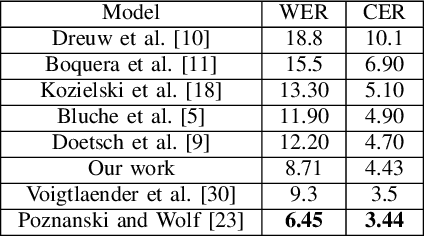
Abstract:Handwritten text recognition is challenging because of the virtually infinite ways a human can write the same message. Our fully convolutional handwriting model takes in a handwriting sample of unknown length and outputs an arbitrary stream of symbols. Our dual stream architecture uses both local and global context and mitigates the need for heavy preprocessing steps such as symbol alignment correction as well as complex post processing steps such as connectionist temporal classification, dictionary matching or language models. Using over 100 unique symbols, our model is agnostic to Latin-based languages, and is shown to be quite competitive with state of the art dictionary based methods on the popular IAM and RIMES datasets. When a dictionary is known, we further allow a probabilistic character error rate to correct errant word blocks. Finally, we introduce an attention based mechanism which can automatically target variants of handwriting, such as slant, stroke width, or noise.
Show, Translate and Tell
Mar 14, 2019
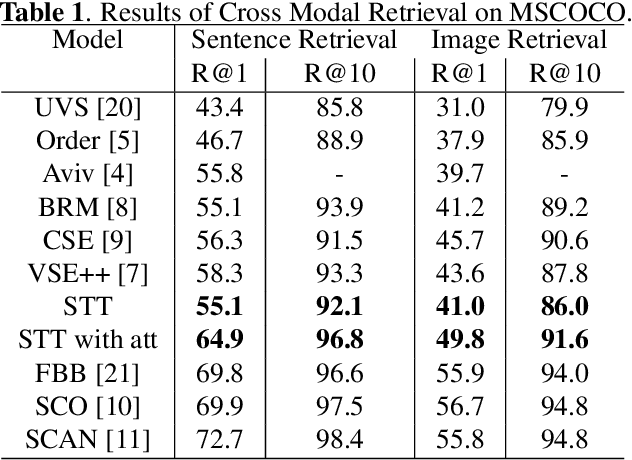
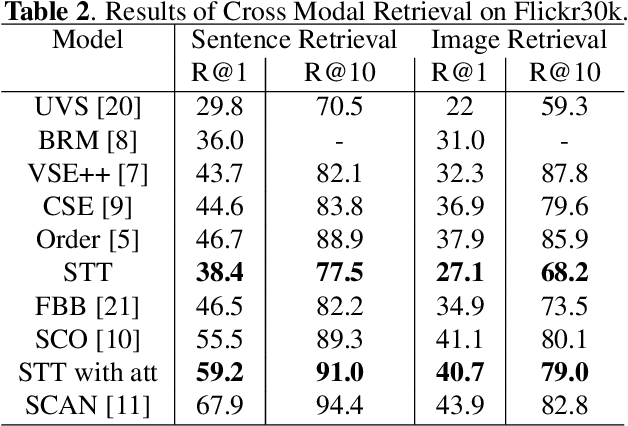
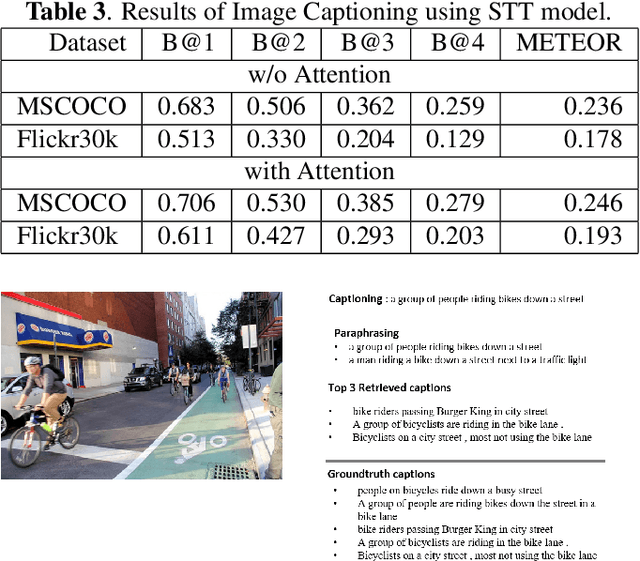
Abstract:Humans have an incredible ability to process and understand information from multiple sources such as images, video, text, and speech. Recent success of deep neural networks has enabled us to develop algorithms which give machines the ability to understand and interpret this information. There is a need to both broaden their applicability and develop methods which correlate visual information along with semantic content. We propose a unified model which jointly trains on images and captions, and learns to generate new captions given either an image or a caption query. We evaluate our model on three different tasks namely cross-modal retrieval, image captioning, and sentence paraphrasing. Our model gains insight into cross-modal vector embeddings, generalizes well on multiple tasks and is competitive to state of the art methods on retrieval.
Semantically Invariant Text-to-Image Generation
Sep 27, 2018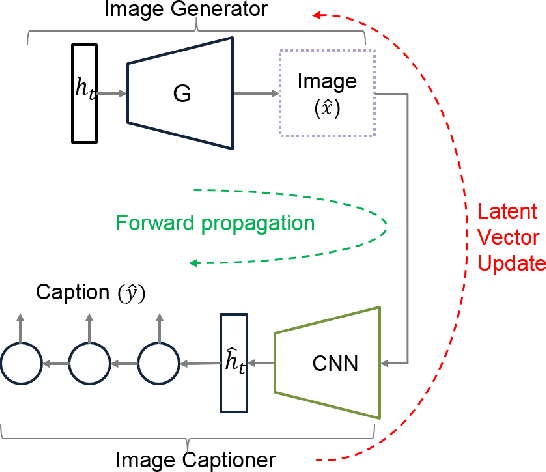



Abstract:Image captioning has demonstrated models that are capable of generating plausible text given input images or videos. Further, recent work in image generation has shown significant improvements in image quality when text is used as a prior. Our work ties these concepts together by creating an architecture that can enable bidirectional generation of images and text. We call this network Multi-Modal Vector Representation (MMVR). Along with MMVR, we propose two improvements to the text conditioned image generation. Firstly, a n-gram metric based cost function is introduced that generalizes the caption with respect to the image. Secondly, multiple semantically similar sentences are shown to help in generating better images. Qualitative and quantitative evaluations demonstrate that MMVR improves upon existing text conditioned image generation results by over 20%, while integrating visual and text modalities.
Semantic Sentence Embeddings for Paraphrasing and Text Summarization
Sep 26, 2018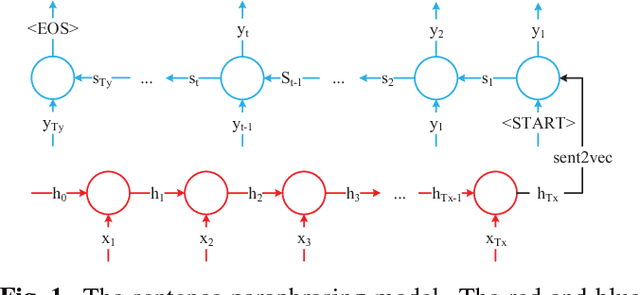

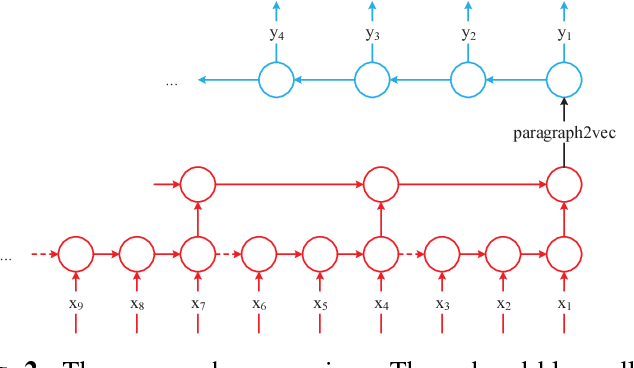

Abstract:This paper introduces a sentence to vector encoding framework suitable for advanced natural language processing. Our latent representation is shown to encode sentences with common semantic information with similar vector representations. The vector representation is extracted from an encoder-decoder model which is trained on sentence paraphrase pairs. We demonstrate the application of the sentence representations for two different tasks -- sentence paraphrasing and paragraph summarization, making it attractive for commonly used recurrent frameworks that process text. Experimental results help gain insight how vector representations are suitable for advanced language embedding.
 Add to Chrome
Add to Chrome Add to Firefox
Add to Firefox Add to Edge
Add to Edge